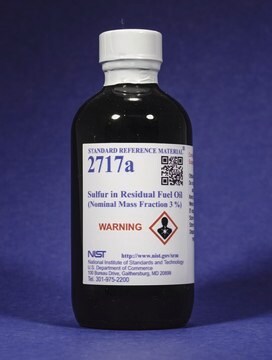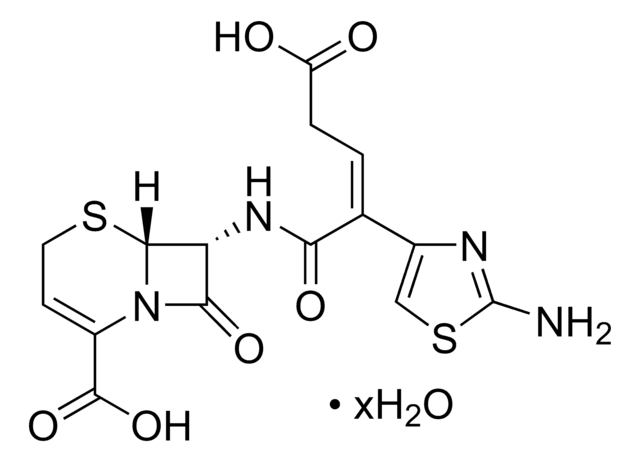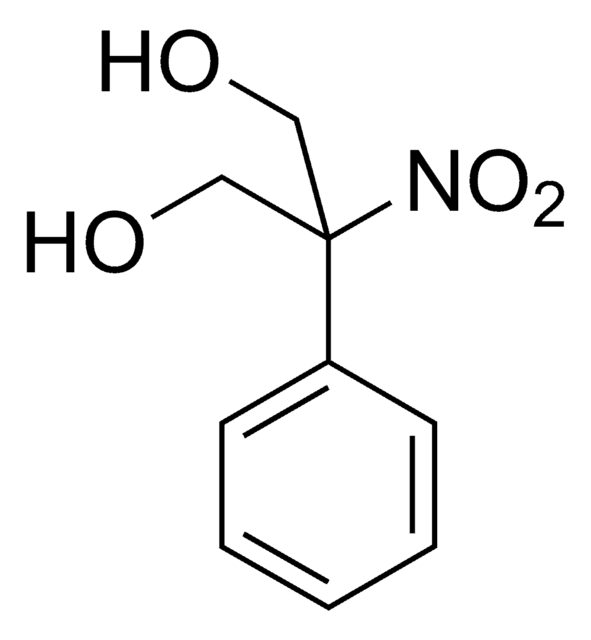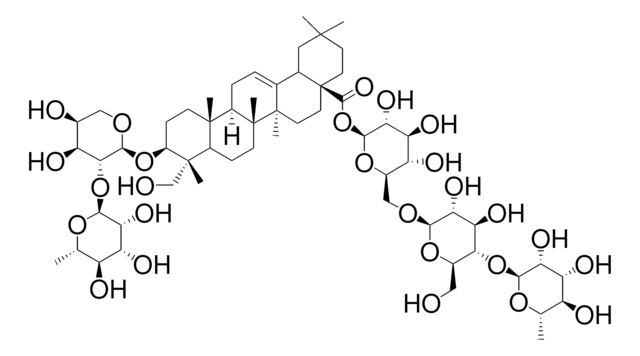Wichtige Dokumente
17-0080
Kerosin
SAJ special grade, ≥90.0%
About This Item
Empfohlene Produkte
Qualität
SAJ special grade
Dampfdichte
4.5 (vs air)
Dampfdruck
0.23 mmHg ( 20 °C)
Assay
≥90.0%
Form
liquid
Selbstzündungstemp.
442 °F
Expl.-Gr.
5 %
Verfügbarkeit
available only in Japan
bp
190-250 °C (lit.)
Dichte
0.8 g/mL at 25 °C (lit.)
Suchen Sie nach ähnlichen Produkten? Aufrufen Leitfaden zum Produktvergleich
Signalwort
Danger
H-Sätze
Gefahreneinstufungen
Aquatic Chronic 2 - Asp. Tox. 1 - Skin Irrit. 2 - STOT SE 3
Zielorgane
Central nervous system
Lagerklassenschlüssel
3 - Flammable liquids
WGK
WGK 2
Flammpunkt (°F)
179.6 °F - closed cup
Flammpunkt (°C)
82 °C - closed cup
Persönliche Schutzausrüstung
Faceshields, Gloves, Goggles, type ABEK (EN14387) respirator filter
Hier finden Sie alle aktuellen Versionen:
Besitzen Sie dieses Produkt bereits?
In der Dokumentenbibliothek finden Sie die Dokumentation zu den Produkten, die Sie kürzlich erworben haben.
Unser Team von Wissenschaftlern verfügt über Erfahrung in allen Forschungsbereichen einschließlich Life Science, Materialwissenschaften, chemischer Synthese, Chromatographie, Analytik und vielen mehr..
Setzen Sie sich mit dem technischen Dienst in Verbindung.









